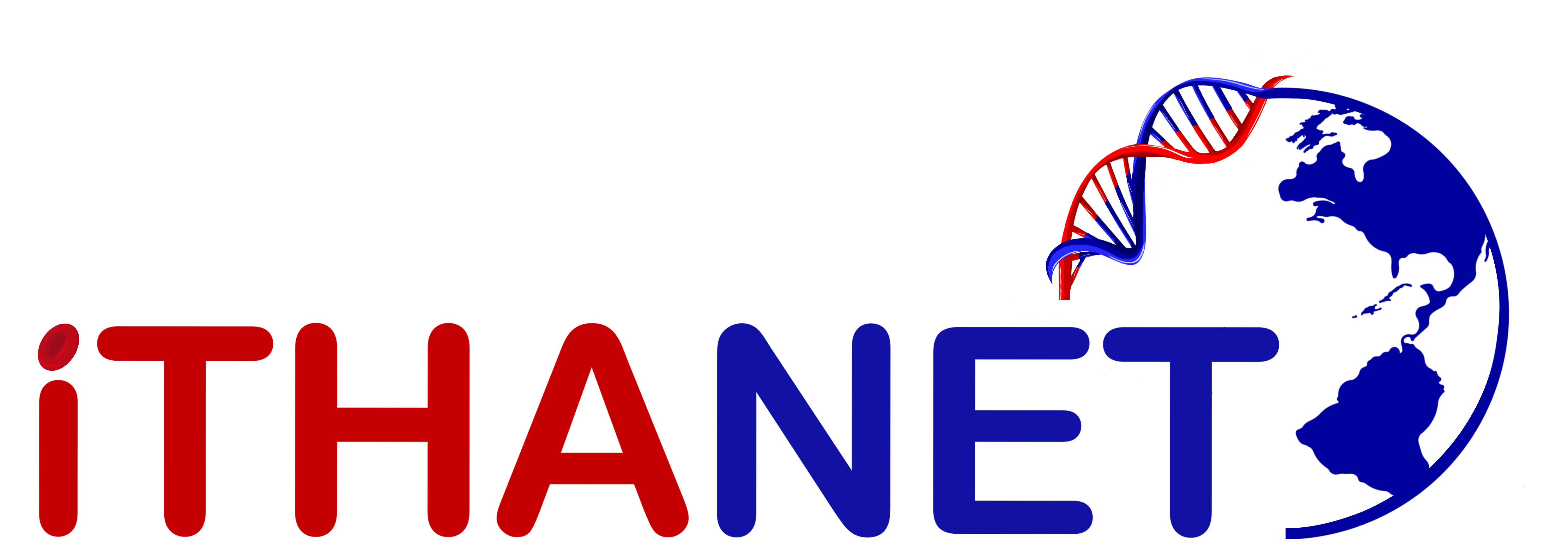
GeneID: 121
Names
| Common Name: | OR51G1-OR51A3P | Type: | Intergenic Region |
|---|---|---|---|
| Chromosome: | 11 (NC_000011.10) | Locus: | N/A |
| HUGO Symbol: | OR51G1-OR51A3P | Full Name: | N/A |
| Exons: | N/A | Introns: | N/A |
Description:
Olfactory receptors (ORs) are members of a large family of G-protein-coupled receptors (GPCR) that transverse the membrane seven times and are located on the sensory neurons of nasal epithelium. The OR gene family is the largest in the genome and exists as clusters of genes in specific genomic locations. ORs bind to odorant molecules and transduce signals via a G protein, in turn activating downstream effector molecules that trigger the perception of smell. The olfactory system is highly discriminating and each OR can be activated by multiple odorants of similar structure. The ORs are grouped into subfamilies based on the type of odorant structure detected. OR51G1 encodes the olfactory receptor family 51 subfamily G member 1 and OR51A3P encodes the olfactory receptor family 51 subfamily A member 3 pseudogene. The nomenclature assigned to the OR genes and proteins for this organism is independent of other organisms. The β-globin gene locus is surrounded by a large cluster of OR genes. Polymorphisms in this intergenic region associated with HbF levels in sickle cell patients.
Synonyms: N/A
Comments:
N/A
Number of entries/variants: 1
External Links
No available links
IthaScore
Publications / Origin
- Malnic B, Godfrey PA, Buck LB, The human olfactory receptor gene family., Proc. Natl. Acad. Sci. U.S.A. , 101(8), 2584-9, 2004
- Niimura Y, Nei M, Evolutionary dynamics of olfactory and other chemosensory receptor genes in vertebrates., J. Hum. Genet. , 51(6), 505-17, 2006
- Uda M, Galanello R, Sanna S, Lettre G, Sankaran VG, Chen W, Usala G, Busonero F, Maschio A, Albai G, Piras MG, Sestu N, Lai S, Dei M, Mulas A, Crisponi L, Naitza S, Asunis I, Deiana M, Nagaraja R, Perseu L, Satta S, Cipollina MD, Sollaino C, Moi P, Hirschhorn JN, Orkin SH, Abecasis GR, Schlessinger D, Cao A, Genome-wide association study shows BCL11A associated with persistent fetal hemoglobin and amelioration of the phenotype of beta-thalassemia., Proc. Natl. Acad. Sci. U.S.A. , 105(5), 1620-5, 2008
- He Y, Lin W, Luo J, Influences of genetic variation on fetal hemoglobin., Pediatr Hematol Oncol , 28(8), 708-17, 2011